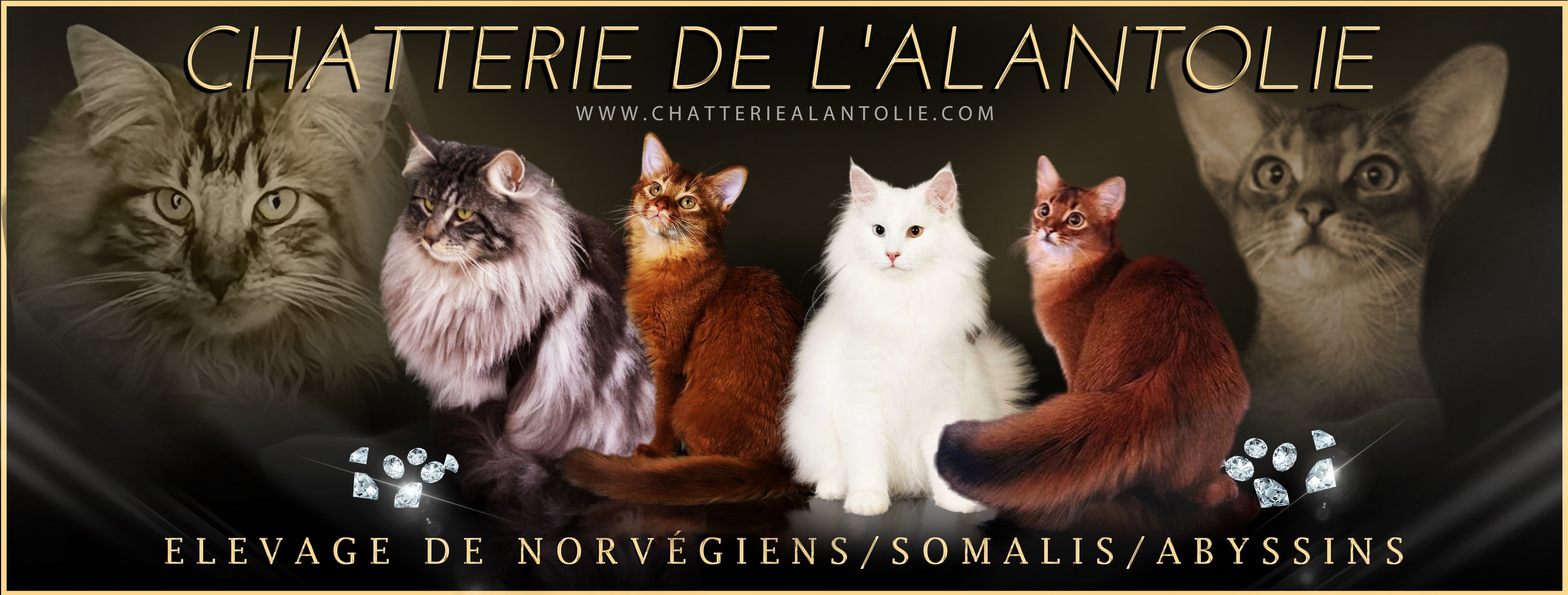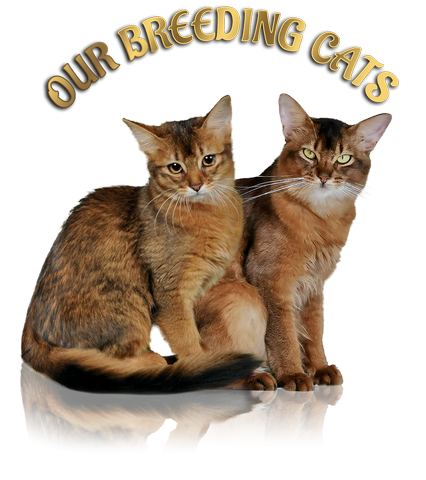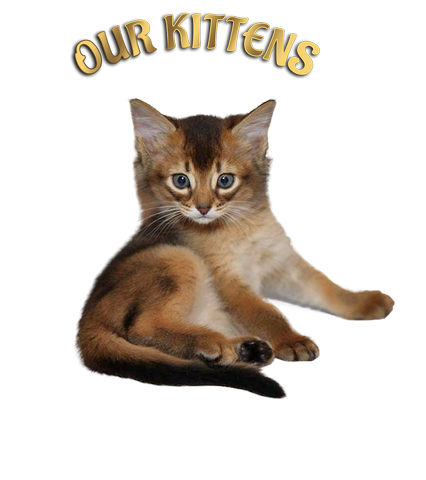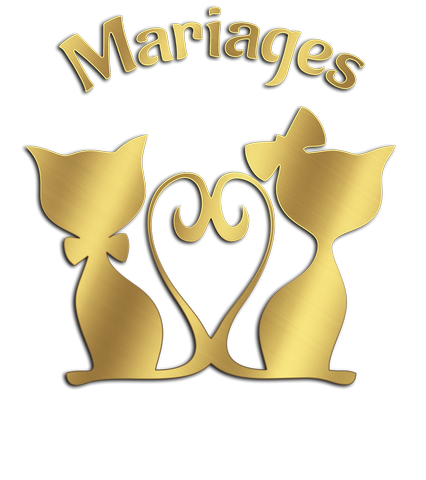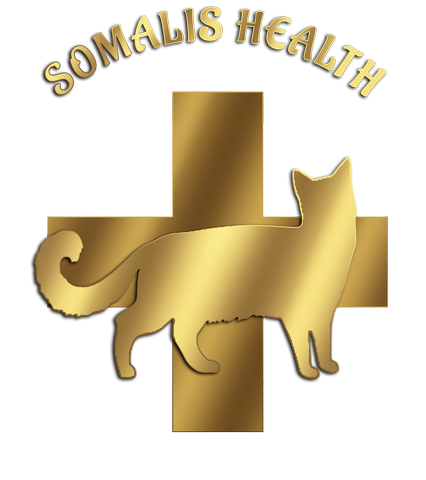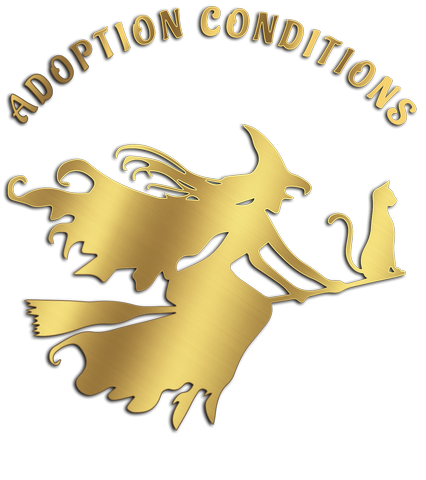

All about Somali :
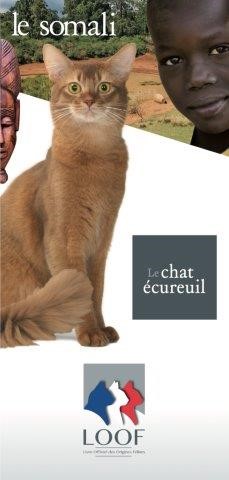
From yesterday to today
In the 1940s a British breeder named Janet Robertson exported some Abyssinian kittens to Australia, New Zealand and North America. Descendants of these cats occasionally produced kittens with long or fuzzy coats. In 1963, Mary Mailing, a breeder from Canada, entered one into a local pet show. Ken McGill, the show's judge, asked for one for breeding purposes.
An American Abyssinian breeder Evelyn Mague also received longhairs from her cats, which she named "Somalis". In 1979, the breed was recognized by the CFA in North America. The new breed was accepted in Europe in 1982. By 1991, the breed was broadly (though not universally) accepted internationally.
Son look
If one judged by appearance, the Somali appears feral, but one look into its eyes and it is clear that this cat has a lot more going on in its head than the average cat. The Somali is so well known for its alertness that the standards for the breed include “alert” in the physical description. The eyes are almond-shaped, and may be green or copper-gold.
In size, the Somali is medium to large, muscular and well proportioned, and like its forbearer the Abyssinian, the Somali is elegant yet solidly built. It is a slow developing breed, reaching its full size, maturity, and potential around 18 months.
His compagny
The breed loves to be with humans and thrives on attention and affection from them. The Somali wants to share every aspect of your life, and is noted for its touchy-feely behaviors. It will knead you like dough when it is feeling happy, and will groom your hair as well.
Curious and playful, it has the dexterity to open cupboards, turn on the water faucet, explore the top shelves, and find the smallest spaces to explore.
The Somali seems to wake each day with an agenda: eat, rest, bounce around, open the cupboards to look for new and interesting places to hide, make a puddle with the water faucet, etc. Because of its inherent high energy and inquisitiveness, the Somali would do best to be kept indoors where it will not be at risk of running into a troublesome fast moving vehicle.
Somali Stardard :
The Somali is an elegant and muscular cat. He resembles in his agility a squirrel looking like a fox. He is flexible and very agile and shows a keen interest in his surroundings. They are well balanced physically and mentally and have a gentle temperament towards those around them.
"We chose to give birth to mainly Liévre and Sorrel kittens because I am very attracted by these 2 flamboyant colors."
The Somali Standard is the same as that of the Abyssinian.

All about Somali :
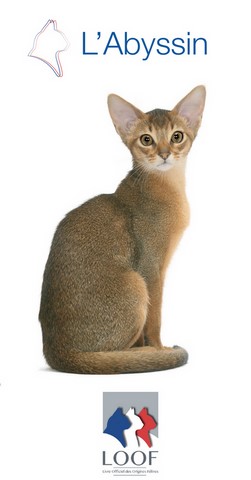
From yesterday to today
In the 1940s a British breeder named Janet Robertson exported some Abyssinian kittens to Australia, New Zealand and North America. Descendants of these cats occasionally produced kittens with long or fuzzy coats. In 1963, Mary Mailing, a breeder from Canada, entered one into a local pet show. Ken McGill, the show's judge, asked for one for breeding purposes.
An American Abyssinian breeder Evelyn Mague also received longhairs from her cats, which she named "Somalis". In 1979, the breed was recognized by the CFA in North America. The new breed was accepted in Europe in 1982. By 1991, the breed was broadly (though not universally) accepted internationally.
Son look
If one judged by appearance, the Somali appears feral, but one look into its eyes and it is clear that this cat has a lot more going on in its head than the average cat. The Somali is so well known for its alertness that the standards for the breed include “alert” in the physical description. The eyes are almond-shaped, and may be green or copper-gold.
In size, the Somali is medium to large, muscular and well proportioned, and like its forbearer the Abyssinian, the Somali is elegant yet solidly built. It is a slow developing breed, reaching its full size, maturity, and potential around 18 months.
His compagny
The breed loves to be with humans and thrives on attention and affection from them. The Somali wants to share every aspect of your life, and is noted for its touchy-feely behaviors. It will knead you like dough when it is feeling happy, and will groom your hair as well.
Curious and playful, it has the dexterity to open cupboards, turn on the water faucet, explore the top shelves, and find the smallest spaces to explore.
The Somali seems to wake each day with an agenda: eat, rest, bounce around, open the cupboards to look for new and interesting places to hide, make a puddle with the water faucet, etc. Because of its inherent high energy and inquisitiveness, the Somali would do best to be kept indoors where it will not be at risk of running into a troublesome fast moving vehicle.
Somali Stardard :
The Somali is an elegant and muscular cat. He resembles in his agility a squirrel looking like a fox. He is flexible and very agile and shows a keen interest in his surroundings. They are well balanced physically and mentally and have a gentle temperament towards those around them.
"We chose to give birth to mainly Liévre and Sorrel kittens because I am very attracted by these 2 flamboyant colors."
The Somali Standard is the same as that of the Abyssinian.
